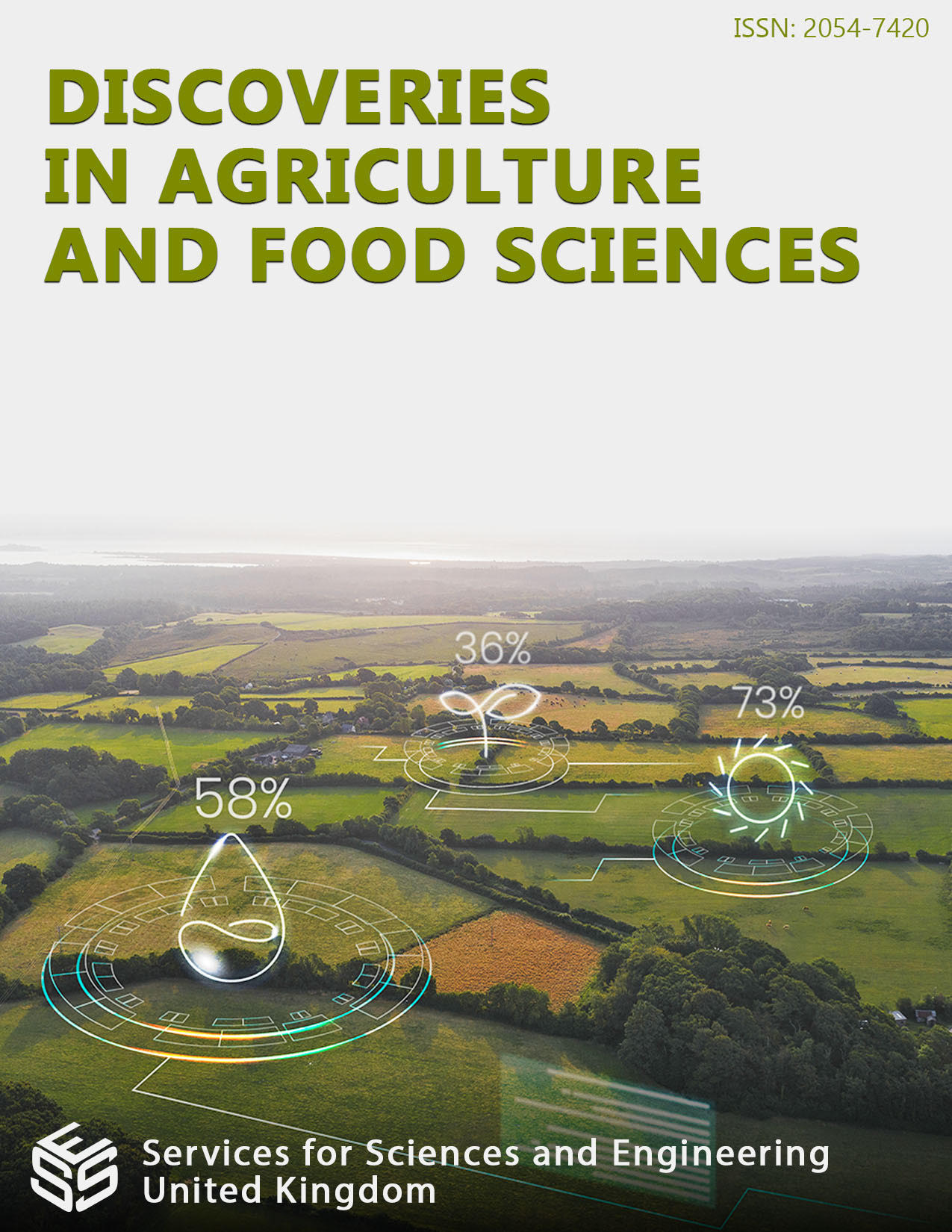Additive Main Effect and Multiplicative Interaction Analysis for Grain Yield of Early Maturing Sorghum [Sorghum Bicolor (L.) Moench] Varieties in Drought Prone Areas of Temben, North Ethiopia.
DOI:
https://doi.org/10.14738/tnc.106.13958Keywords:
AMMI, IPCA, Moisture stress, SorghumAbstract
Shortage of widely adapted and high yielding variety is one of the major bottlenecks for production and productivity of sorghum in dry lowlands of Tigray region, Northern Ethiopia. A field experiment was conducted during the main seasons of 2018 and 2019 at four environments using randomized complete block design with three replications to evaluate the performance of ten early maturing sorghum varieties for grain yield using AMMI (Additive Main Effects and Multiplicative Interaction) model. The combined analysis of variance revealed highly significant (P≤0.01) genotype (G), environment (E) and genotype × environment interaction (GEI). The significant genotype by environment interaction effects were further partitioned in to two significant interaction principal components by using AMMI model. The AMMI analysis of variance showed that the genotype, environment and interaction sum squares contributed 41.55 %, 28.67 % and 29.78 % to the treatment sum squares for grain yield respectively. In addition, the first two IPCAs and interaction residual were significant. The first two IPCAs accounted for a total of 82.20 % of the interaction sum square. The results revealed that the observed yield variation among genotypes were due to genetic potential of genotypes and interaction rather than location differences. The highest yield was obtained from Melkam (3276 kg ha-1), while the lowest was from Grana-1 (2094 kg ha-1) and the average grain yield of genotypes was 2462 kg ha-1. Therefore, Melkam is selected as the best stable variety with consistent yielding performance across the testing environments in dry lowland areas of Temben and similar agro-ecologies in Tigray region, Northern Ethiopia.
Downloads
Published
How to Cite
Issue
Section
License
Copyright (c) 2023 Fantaye Belay, Hintsa Meresa, Shambel Syum

This work is licensed under a Creative Commons Attribution 4.0 International License.






